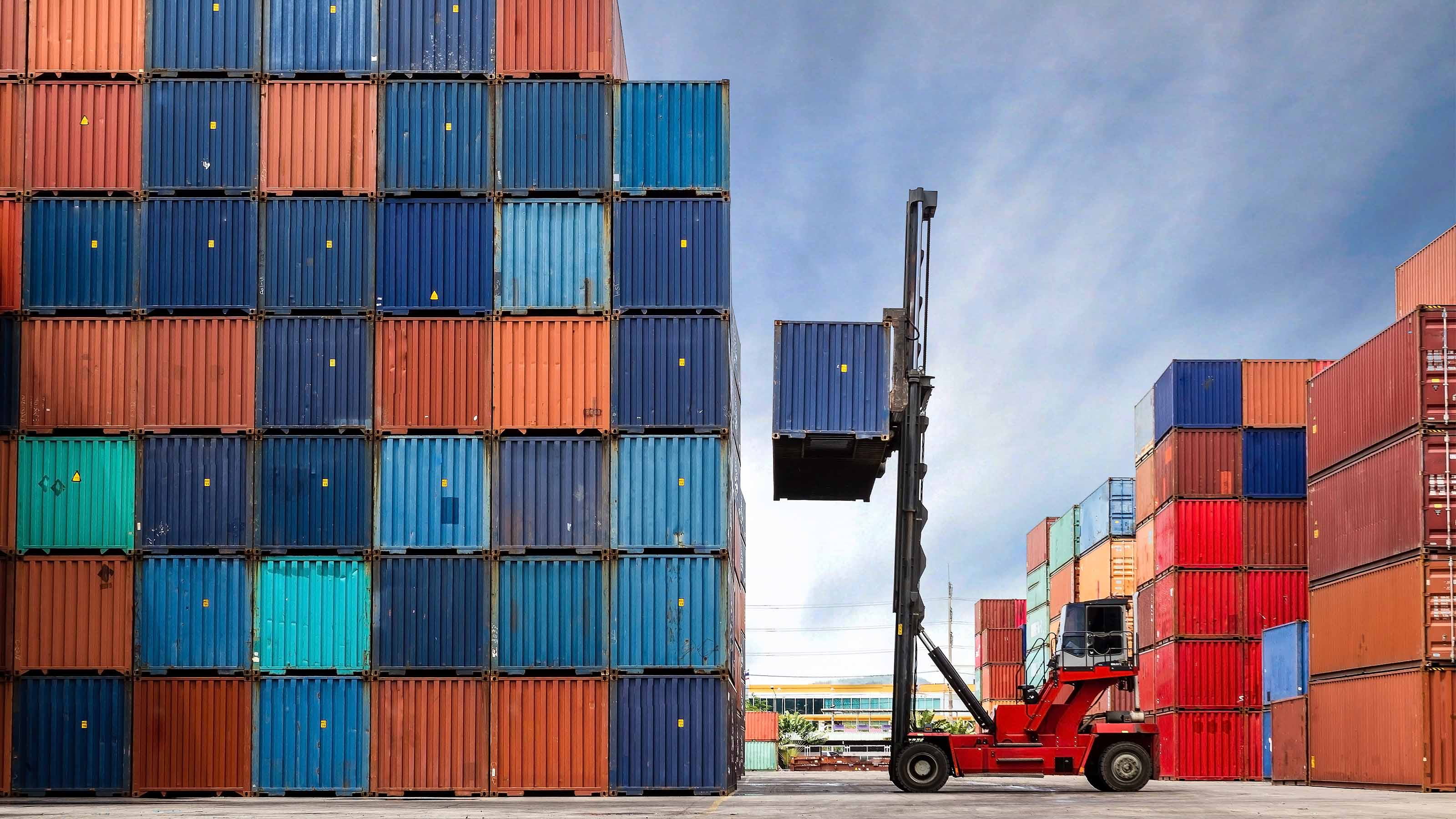Supply Chain Struggles: What You Need to Know for 2023
Manufacturers share updates on disruptions as well as advice for systems integrators.

Are we there yet? In short, no. When will things start to improve? Maybe spring, maybe summer … maybe not … but (hopefully) at some point in 2023. Executives from Atlona, Netgear, and Sony shared supply chain stories and offered advice for SCN readers.
SCN: How much supply chain disruption have you experienced?

Jamey Swigert, Executive Director, Atlona: I’ve been thinking about us as that proverbial duck on the water. Underneath the surface in the back office it’s a lot of work and it’s challenging. But above the surface, we’ve managed to maintain the vast majority of our products in inventory, so everything looks cool and calm and normal to our customers. But certainly it’s created a lot of additional work and new challenges. There’s been a lot going on, in the office, to keep product on the shelf.
[PAMA: Semiconductor Shortfalls Hamper Pro Audio Supply Chain]

John Henkel, Director of SMB Product Marketing, Netgear: It really depends on the product because we have such distinct product lines—some of them use the same chipsets, but others don’t. And it’s not just the main chip; it could be the power chip, or it can be a different, smaller chip that we’re out of. We’ve made alterations—just like others have—and re-laid out the boards for certain products. We’re air-shipping some product in. And we have a lot of wireless access points in the channel right now.

Rich Ventura, Vice President of B2B, Sony Electronics Professional Solutions America: We’ve had a lot of wins and a few losses. When I came on board, we didn’t know any of this was going to happen, but we took a position of "we need to grow" and were able to make some bets that allowed us to be in an extremely strong inventory position. But obviously, like everyone else, all of a sudden you’ll run into an issue when Shanghai shuts down, or there may be a chip shortage that might affect a product. Like everyone, we got impacted upstream and downstream by all of these different variables. But at the same time, we saw pretty dramatic growth in our business because we did have inventory, especially in our display business, that a lot of the market didn’t have availability on.
[SDVoe Alliance's Justin Kennington on AV Supply Chain Using FPGA vs. ASIC Chips]
SCN: What have been the major bottlenecks?
Swigert: What’s been most consistent is the inconsistency, to an extent. It’s almost like every production run brings a new component or list of components that are in short supply, whichh we then have to go out and find in the market from somebody other than our normal source. We’ve seen it not just from the chip manufacturers, but silicon fab houses all the way through to very basic components like resistors and capacitors. It’s really pretty broad across the board.
A daily selection of the top stories for AV integrators, resellers and consultants. Sign up below.
How else have you been responding to disruption?
Henkel: Luckily, we were able to work with some of our semiconductor partners and we pre-purchased some supply. But we did have to work on allocation across all of our products, and we also started finding alternative sources as well. As we redesigned some boards or introduced new products, those boards can accommodate chips from A, B, or C vendors—so no matter who we get, [the boards] will work. The key is maintaining quality: You don’t want to build it fast just to get it out. We’re known for quality and reliability in the industry, so we have to maintain that and not just use anybody who can get us a chip.
SCN: What components are especially hard to get? What are the lag times?
Ventura: It’s hard to pinpoint what components have different lag times, because right now it may be a chip, tomorrow it might be a wiring harness, and then next week it might be an optical block. Then the week after may actually be plastic—because if you think about the petroleum concerns that have been going on, plastics are made out of petroleum. So, when gas prices are going up, it is actually creating shortages in plastics, even.
SCN: Any takeaways for AV integrators?
Swigert: If you can’t get the product from your normal supplier, then be open to looking at alternatives. Be open to evaluating a new product from a new company that you haven’t dealt with. Obviously plan ahead—much further ahead than we used to have to. One observation: We have seen a lot of integrators that typically bought direct leveraging distribution to be part of their sourcing team to help them find the different parts they need to put together a project. I think integrators—if they aren’t already—need to be flexible in terms of looking at sourcing and how they buy and who they buy from.
[A Solution to the AV Industry's Supply Chain Debacle?]
Henkel: There will be tremendous improvement in the second half of 2023, but we’re still going to have some issues in the first half. Until then, we’re doing everything we can to get product built and shipped as fast as we can.
Ventura: I look at the supply chain nightmare as an opportunity to do something different. This is a great opportunity to start looking at things like cloud software and services, and actually augment some of the hardware that you’re using. We’ve done things like embedding Crestron’s XiO Cloud control system in our Pro Bravia displays. That was a direct reaction to what was going on.
Carolyn Heinze has covered everything from AV/IT and business to cowboys and cowgirls ... and the horses they love. She was the Paris contributing editor for the pan-European site Running in Heels, providing news and views on fashion, culture, and the arts for her column, “France in Your Pants.” She has also contributed critiques of foreign cinema and French politics for the politico-literary site, The New Vulgate.
